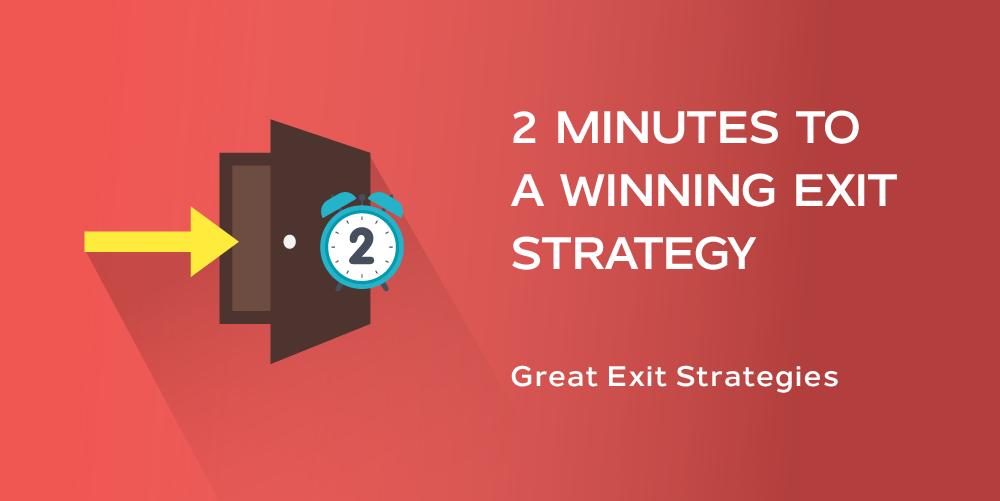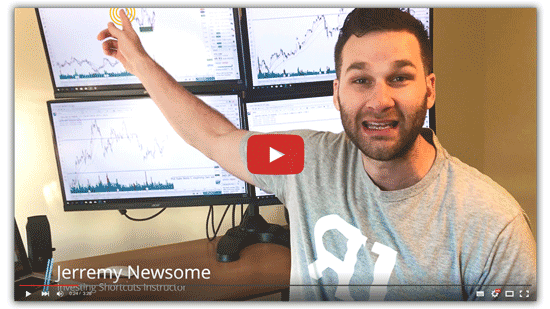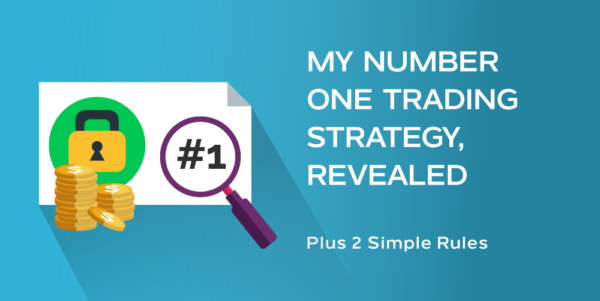
Controlling risk is the number one objective for many professional traders and the money that they have under management. Their focus is to minimize the financial downside of any investment decision. Winning exit strategies are developed prior to entering the market to control trading exposure and limit losses.
Placing a stop loss is a common way to protect a position in the event of an unforeseen and unwanted market move. A stop loss is simply is a standing exit order to get out when a certain level of loss is reached. It can be based on the stock price, dollar or percentage amounts.
However, stops are not absolute protection. Investments can open sharply higher or lower than where they closed the previous session because of a many reasons. Earnings announcements, government reports or just an overall market sentiment change sometimes dramatically impact prices overnight. These events can cause the market to gap and trade through a stop loss order.
That gap is an instance where supply and demand pressures have changed prices significantly at the opening of the markets. Functionally, a stop loss order is triggered when prices trade at or through a selected level. With high volatility and markets gapping on the open, it is possible that the actual exit is not at the predetermined risk threshold but a greater loss. It doesn’t provide perfect protection but is a first step in managing the risks.
The exit is triggered as part of a money management plan carefully developed to ensure that no individual investment jeopardizes the health of the portfolio. The amount of money invested and placed at risk is part of the allocation decision making process. It has often been suggested by financial experts to not risk more than 3 to 5 percent of an account on any one investment for long term survival.
The amount of risk relative to desired reward is also an important factor when planning an investment strategy. If someone risks $10 for every $1 or profit, it will only take a one losing trades to wipe out a large number of the profitable ones. That risk/reward ratio is used to compare the expected returns of an investment to the amount of risk undertaken.
The balance of the risk reward ratio can vary depending on many factors including the investment strategy and time horizon. For some traders, a 2 to 1 minimum is a criteria that must be met for trading candidates. Simply put, the reward is twice as much as what is risked on an investment in this instance. With this result the percentage required to be correct is less for an overall profitable outcome.
As mentioned above, stop losses do not always provide total protection and the intended risk/reward ratios can be negated. There are option strategies that limit risk more efficiently but that benefit can impact returns as well. Individual investors have many choices and can select whatever fits their personal money management parameters.
While the execution of a disciplined trading plan can always be refined for better results it is a necessary step for investors. An exit plan for when both the desired results and possible negative outcomes will help to minimize emotional reactions to market events. Traders often wish they had implemented a plan prior to being put in a position where they are forced to act because of financial pressures.
While the risk reward ratio that is successful may differ, those who employ a well thought out trading plan can maintain a more consistent approach to the markets and their investments. Almost any plan seems to be better than none at all.
Looking for a proven, repeatable way to make easy, higher-potential trades?
In this limited-time free training, you will learn 3 super simple tricks used to generate consistent profits from day trading weekly options…











